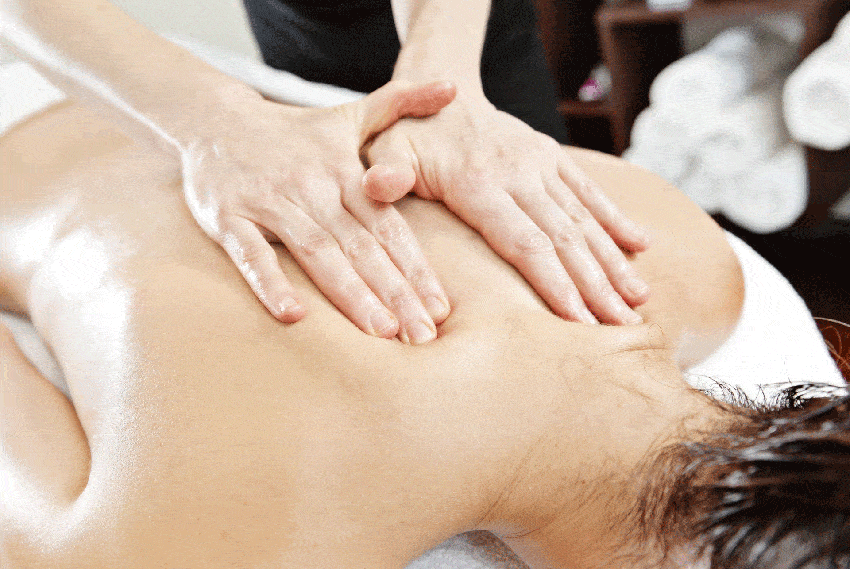What Makes a Good Massage and What is the Right Pressure
No matter what technique it is, the only obvious and well-known powers of massage are to soothe your nervous system and to reduce muscle aches and stiffness. A light, skin-deep massage isn’t relaxing for most people, but neither is agonizing muscle abuse. Your nervous system is neatly divided into halves: you literally have a set of nerves for relaxing (parasympathetic), and a separate set of nerves for action and panic (sympathetic). A good massage will light up your parasympathetic nerves like a Christmas tree. You know you’re getting into too much of the latter if you are gritting your teeth and flinching.
What makes a massage deep is not sheer force, but reasonable pressures in the right places at the right times. The right places are key locations in muscles where muscle knots form, it’s called trigger points. Trigger points are as common as pimples, but more lasting and uncomfortable. They are the primary reason we get stiff and achy, and they can get shockingly unpleasant to live with. Pressing on a trigger point generates a strange mixture of sensitivity and relief, what we call “good pain” in the massage field. To give a good massage, a therapist must zoom in on trigger points, aiming for good pain. Trigger points are unlikely to respond well to too much or too little pressure. So, medium massage intensity is the usual maximum, and gentler is essential for some people.
Pressure is a physical force which is used by massage practitioners to achieve therapeutic results. Thus, the therapist converts the kinetic energy of massage strokes into various physiological phenomenons on tissue and cellular levels of the body (e.g. changes of interstitial pressure), as well as into a chain of electrochemical reactions in the massaged area and the whole organism. The final success of therapeutic massage treatment directly depends on the correct application of this pressure. That includes the right combination of proper techniques; the form of application, speed of application, intensity of application and the area of application.
Massage practitioners can count on different forms of pressure, stretching, and the activation of temperature receptors. Pressure is the main therapeutic tool, with stretching and temperature receptors’ activation playing a supportive role in the treatment. Fibroblasts are major repair cells of the human body, because they produce the direct precursor of collagen, known as procollagen. The collagen itself is a most abundant protein which forms the structural frame of all organs and tissues. What practical outcomes are caused by all these changes on the cellular level, and how can they explain the therapeutic impact of massage therapy?
Clinical studies showed that mechanical stress stimulates the DNA synthesis and division of fibroblasts. Thus, mechanical signals are able to augment the cells (especially fibroblasts), which is very important for the stimulation of the healing process at the site of an injury. Mechanical stimuli, ex., cross-friction , attracts the fibroblasts from the neighboring areas to the site of treatment, with an accompanying stimulation of collagen production and healing of affected tendons. The effect of soft tissue mobilization with different amounts of applied pressure on the fibroblasts stimulates the healing process in the tendon much faster with a deeper pressure compared to the treatment with light or moderate pressure.
Direct mechanical influence on human fibroblasts causes cellular growth to increase 1.7 times. The fibroblast activation, with a subsequent increase in collagen production, is a major process of healing which affects practically every tissue in the human body. Light stretching of the skeletal muscles at the end of massage treatment will stimulate the muscle tone and muscular performance. Whatever the qualifications of your therapist, be assertive: ask for what you want, and do not tolerate too much pain. And never hesitate to say, “a little to the left, please,” or even show them on their own body where you think you need pressure. Help your therapist get to your perfect spot.

 English
English Français
Français